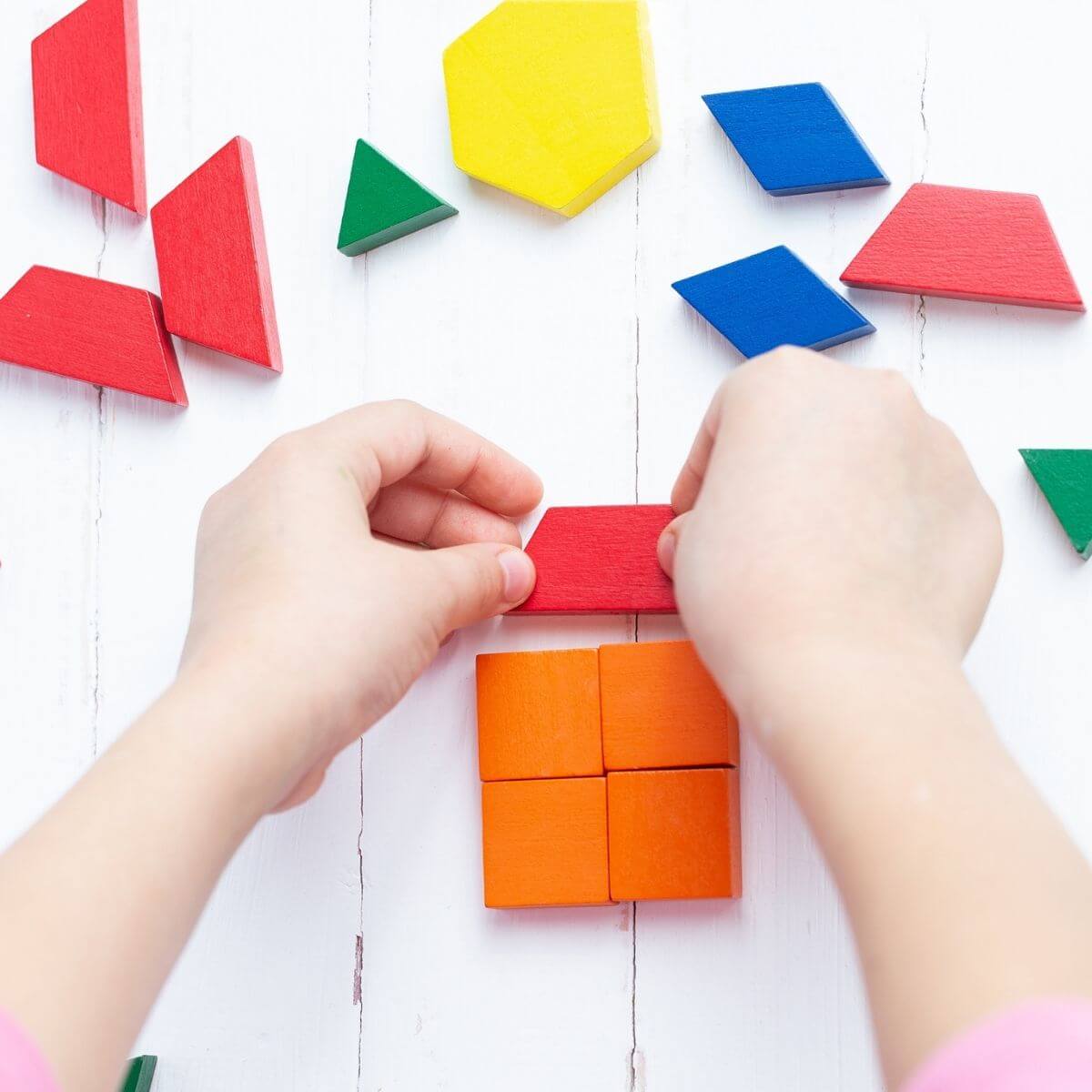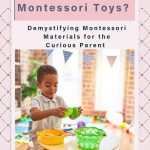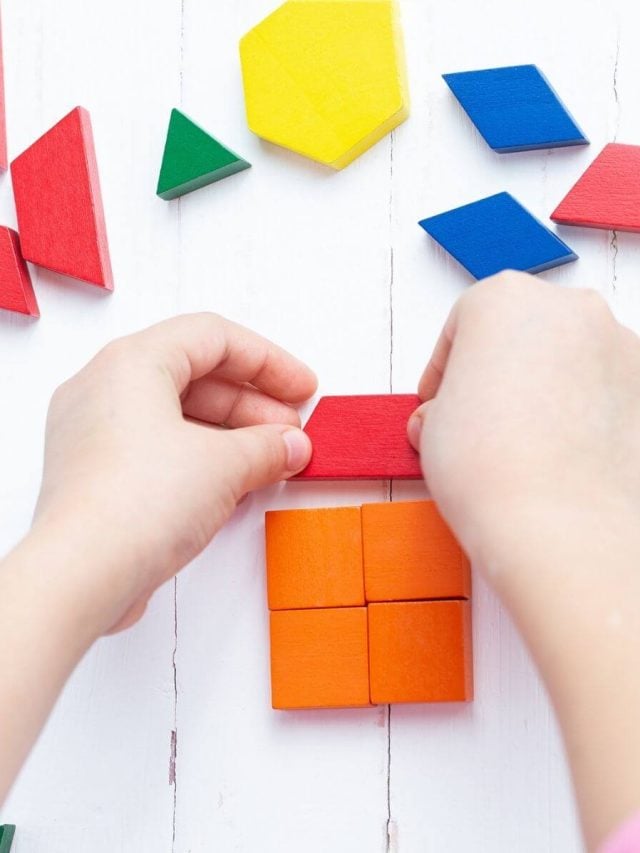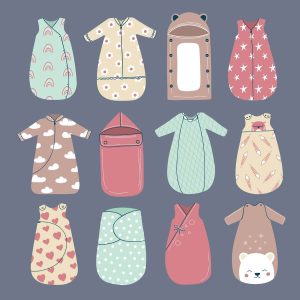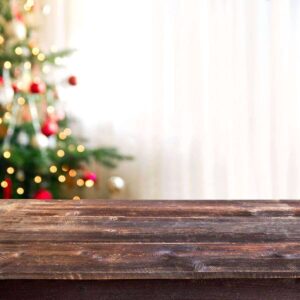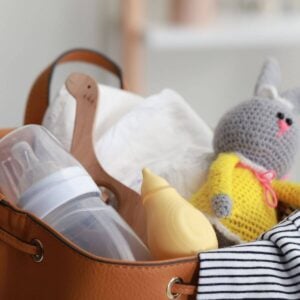We’ve touched on many Montessori topics here at Undefining Motherhood, but today we’re unraveling one of Montessori’s greatest mysteries.
The Montessori toy is both simple and complex, somehow unlocking even the youngest child’s natural desire for intense focus and learning. Yet, there is no official standard or authoritative list of these toys anywhere.
What’s the big secret? What are Montessori toys, and how do I identify them on a store shelf?
In this article, we’ll explore the question, “What are Montessori toys?” while drawing on wisdom from Montessori herself and providing the best resources on where to buy Montessori toys online.

This site contains affiliate links, meaning that we earn a small commission for purchases made through our site. We only recommend products we personally use, love, or have thoroughly vetted.
- What Is The Montessori Method?
- What Are Montessori Toys? A New Way to View Children At Play
- What Are Montessori Toys? Five Key Features to Help You Spot A Montessori Toy In The Wild
- BONUS! Spotting The Differences Between Montessori And Waldorf-Steiner
- Where To Buy Montessori Toys Online
- Go Forth, Buy Toys, And Montessori Your Way
What Is The Montessori Method?
Parents worldwide are adopting the Montessori method as an evidence-based approach to education, but there is a lot of confusion and gate-keeping around what is authentically Montessori.
The Montessori method is an educational method developed by Dr. Maria Montessori at the turn of the 20th century. It centers on the belief that children are powerful learners capable of guiding their own educational path.
In traditional educational settings, the teacher provides information, and students are expected to absorb and apply it.
In Montessori, the environment and teacher are prepared in a special way to offer a range of educational options. The child chooses what they will work on each day.
What Makes Montessori Toys Better Than Others?
Using the Montessori method (and its associated toys and activities) can improve self-control, social intelligence, and emotional development in toddlers and older children.
And, of course, it’s great for academic performance! In one study, spending three years in a Montessori school helped socioeconomically disadvantaged six year-olds perform as well as their wealthy peers.
Another long-term study followed up with Montessori teens and found that the amount of time in a Montessori school was positively associated with having a lifelong desire for learning and self-development.
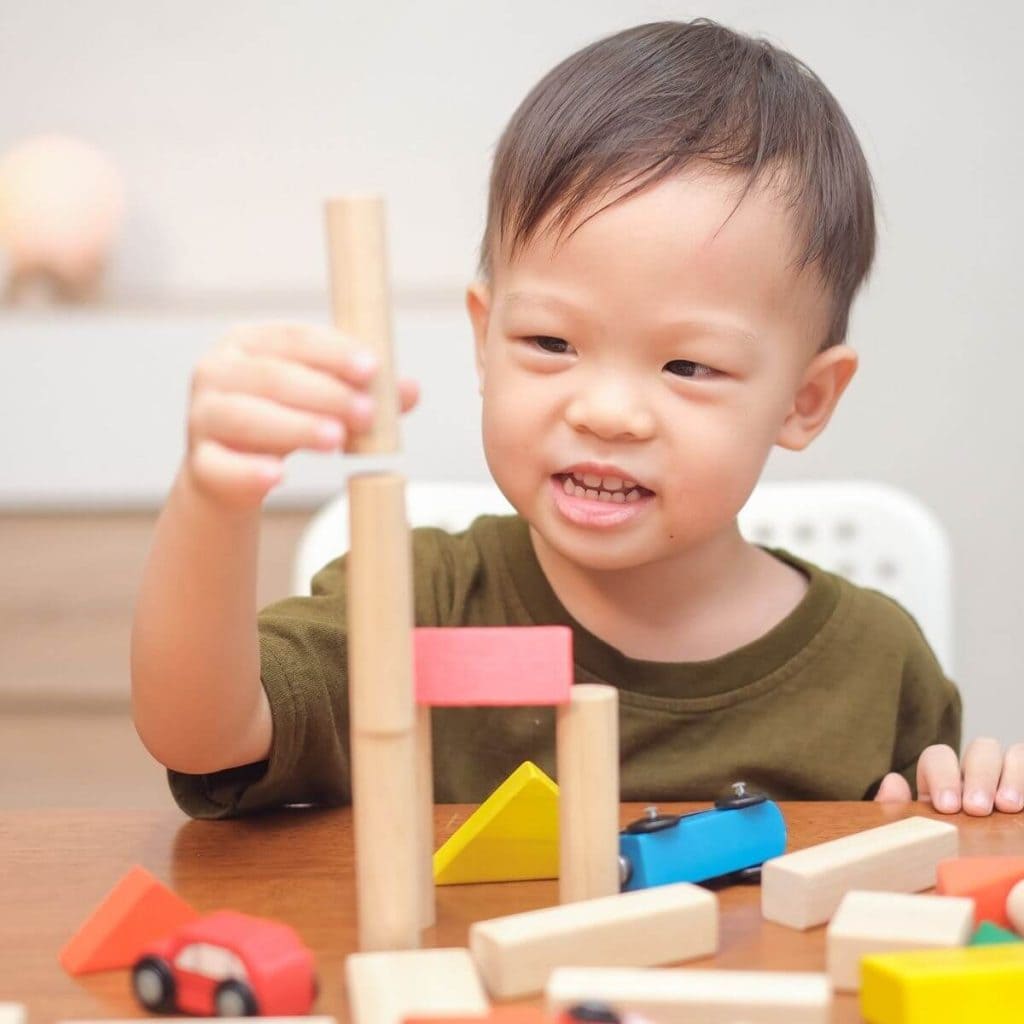
What Are Montessori Toys? A New Way to View Children At Play
Dr. Montessori believed play was the work of the child, so naturally, her method encourages lots of free play. It’s where the rubber meets the road, so to speak. Where the learning happens.
Montessori teachers and parents refer to their child’s play as “work” to emphasize its importance and value.
Something a child is playing with is referred to as “work”, “materials”, or sometimes “activities.”
Surprisingly, the word “toy” is NOT used in Montessori at all! So that brings us to the next question….
Chasing The Wooden Unicorn: Do Authentic Montessori Toys Really Exist?
The short answer is: Yes and No.
Dr. Montessori designed materials and activities (read: toys), which she tested out in her first childcare centers called Children’s Houses.
For instance, counting beads are seen in historic photos of Montessori classrooms. But Dr. Montessori was a true collaborator, placing the care of her children above her ego.
She was open to non-Montessori forms of play and borrowed from other researchers in creating a play-positive environment for her children.
Scholars who came to observe the first Children’s Houses saw students playing with “hoops, balls, bean bags, swings, kites, […] as well as modeling clay and gardening”
They also played with a set of “Froebel’s gifts” that included yarn balls, spheres, and wooden blocks in various shapes and sizes.
Montessori is highly adaptable, intended to evolve as new research emerges or societies change. This is why there’s no definitive list of official Montessori toys.
Are Montessori Toys Necessary To Start Montessori?
Actually, no!
During a London lecture in the 1940s, Dr. Montessori herself reflected,
“Everyone said it was my marvelous method which gave this ability to children, and everyone was enthusiastic about it. However, it was neither the school nor the method which produced this phenomenon…. The important thing was the discovery of the surprising power of the young child.”
When I started Montessori with my son, I simply looked around my home and found ways to increase his freedom so he could play independently with the toys we already had.
I used the basic principles of Montessori toy storage.
Don’t get too tied up in owning lots of Montessori materials, especially if your child is already in a Montessori school or if you’re just starting out.
Also, be aware some Montessori materials require significant study to use. Materials like the trinomial cube are best presented by trained teachers.
What Are Montessori Toys? Five Key Features to Help You Spot A Montessori Toy In The Wild
While the American Montessori Society does provide an extensive list of toys for Montessori classrooms, they recognize there are countless other toys and activities that may be used in a Montessori setting.
Montessori toys share most, if not all, of the following features:
1. Designed for Specific Ages
Montessori toys are always developmentally appropriate. This is a hallmark of Montessori and one of the driving factors behind the wild popularity of the Montessori-inspired toy line Lovevery.
Using the observation technique described in our article Montessori for Infants, parents and teachers use daily observations to pinpoint the toys that will be most engaging for their individual child.
An example of a developmentally appropriate offering is the classic object permanence box. A small ball drops into a box, briefly disappearing, before rolling out the other side.
This toy is offered to babies around 8 months old when children begin to hold objects with their thumb and fingers and when children are beginning to understand that objects exist even when they can’t see them.
It seems simple, but it’s fascinating to babies!
2. Grounded In Real Life
All Montessori toys have a foundation in the real world or involve “concrete” learning, at least initially.
There is some debate about whether this is backed by modern science, but even traditional educational settings rely on concrete examples for young kids.
(I still count on my fingers sometimes!)
In Montessori, you want your child’s first experience with something to be as close to real life as possible.
This could be visiting a forest to observe real trees, leaves, and dirt or maybe offering a very realistic-looking toy version.
It could be counting concrete items like Montessori bead chains so your child can physically see what the number “three” looks like.
3. Self-Correcting
Many (but not all) Montessori toys are self-correcting. This simply means children can check their own work.
With a self-correcting toy, there’s just one way to use it.
There are pieces left over that haven’t been used or perhaps something doesn’t quite fit together. This tells the child they need to try again or start over.
Older children can use images as references, comparing their work to what they see on the answer key.
An example of a self-correcting toy for toddlers is the knobbed cylinder blocks toy.
4. Beautiful And Inviting
Dr. Montessori believed in the absorbent mind, a tendency for young children to take in their surroundings like a sponge.
Dr. Montessori reminds us that for the young child, “the things he sees are not just remembered; they form a part of his soul.”
This is why Montessori toys are designed for beauty and simplicity, like this wooden sand letter tracing activity. It reminds me of a small zen garden.
Montessori toys are intended to be as irresistible to a child as a single flower in a green field or a shiny rock at the bottom of a clear stream.
5. Borrowing From Nature
Speaking of nature, Montessori toys are often designed using natural materials like wood, metal, glass, or cloth fiber. A Montessori dressing frame is a great example.
I believe this is partly out of necessity. Dr. Montessori developed the materials for her classroom before the era of 3-D printers. She also promoted nature appreciation as an essential part of a child’s mental, emotional, and spiritual development
In attempting to recreate the Montessori method in the modern era, the most “authentic” materials are the wood, metal, and glass Dr. Montessori used.
Natural materials are also beautiful, durable, and provide a unique sensory learning experience.
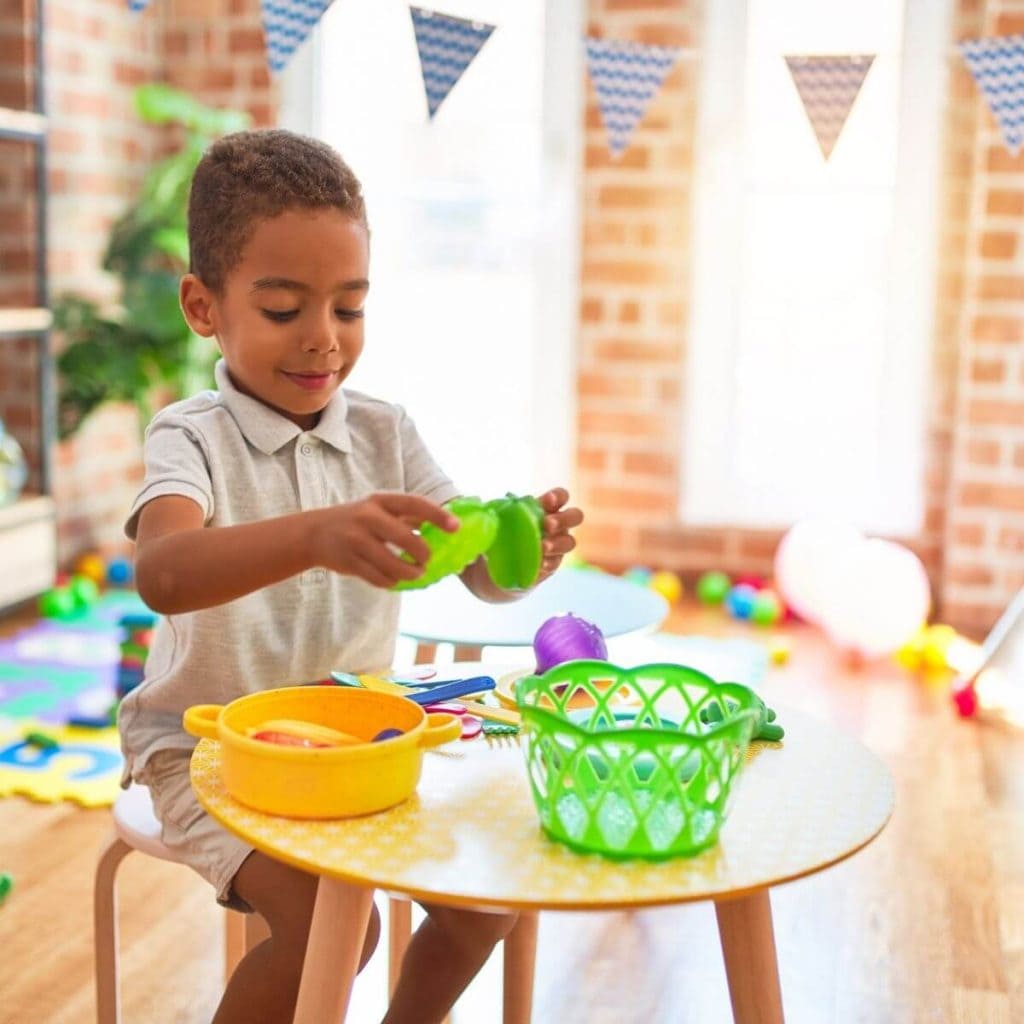
BONUS! Spotting The Differences Between Montessori And Waldorf-Steiner
Waldorf-Steiner is a similar teaching method gaining popularity in the U.S. ( This video explains some of the major differences between the two.)
While many Montessori families use Waldorf toys in their homes, there are a few things about these toys that make them officially “not Montessori.”
Waldorf storytelling and teaching relies on elements of fantasy – elves, fairies, wizards, etc. Their toys are also often abstract versions of real life objects.
While Montessori activities can be open-ended, these sorts of toys are more common in Waldorf Settings. Think wooden peg dolls with no faces or the famous Grimm’s wooden rainbow.
Finally, Waldorf families love felt toys. Waldorf encourages both natural movement and adding elements of nature into the everyday. Handmade crafts using colorful needled felt from natural wool is a favorite activity.
Where To Buy Montessori Toys Online
- Traditional Montessori materials are sold on specialty websites such as Nienhuis, Montessori Outlet, or Gonzagareddi. These toys are classroom-level quality, built to last.
- If I’m looking for a certain Montessori toy for my home, I check Facebook Marketplace, Mercari, or Etsy before I go anywhere else.
- I can personally recommend the following Etsy shops: WoodCountourCanada, MondoMontessori, MirusToys, and Montessori ReStore for some of the most inviting and beautiful Montessori toys out there.
- Amazon: With your newfound skills of Montessori toy detection, you can also find Montessori toys at traditional online retailers like Amazon. The Amazon storefronts I visit again and again are: HABA, Schleich, Elite Montessori, and PlanToys.
- Family-owned shops I love include: The Small Folk, Wiwiurka, and Montessori & Me.
- Lastly, if price is not a concern or you’re looking to homeschool, there’s also the Monti Kids program.Monti Kids offers a subscription service which includes all the classroom-quality Montessori toys you’ll need for every stage up to 36 months.
Go Forth, Buy Toys, And Montessori Your Way
We’ve discussed common features that both define and elevate Montessori toys to “most beloved” toy status.
And the next time your parent friend says, “Ok, but what are Montessori toys, anyway?” you’ll be ready to drop some knowledge and practical advice.
My son’s favorite Montessori toys are his realistic trains and trucks. What are Montessori toys like in your house? Let us know your most beloved Montessori toys!

